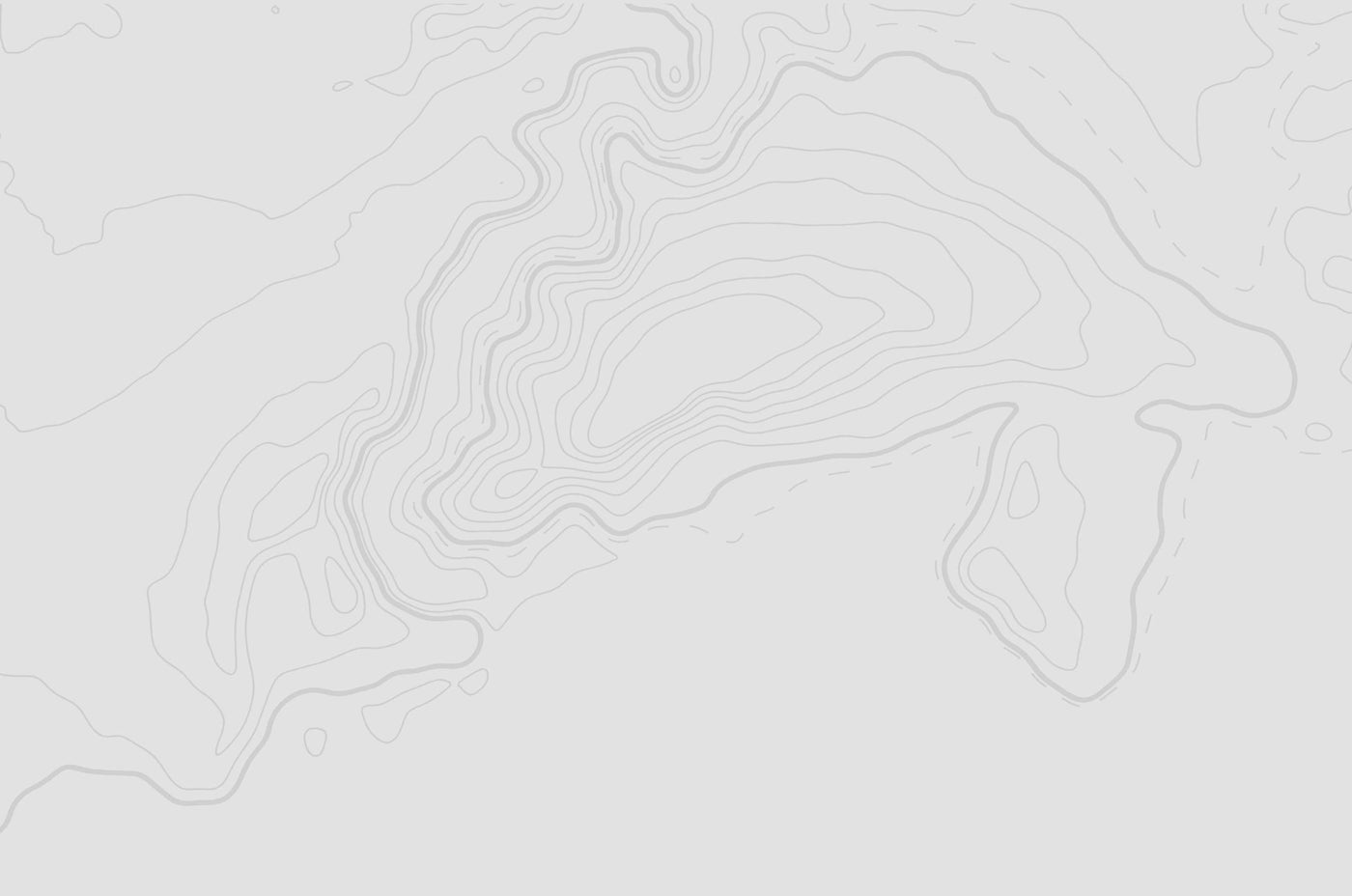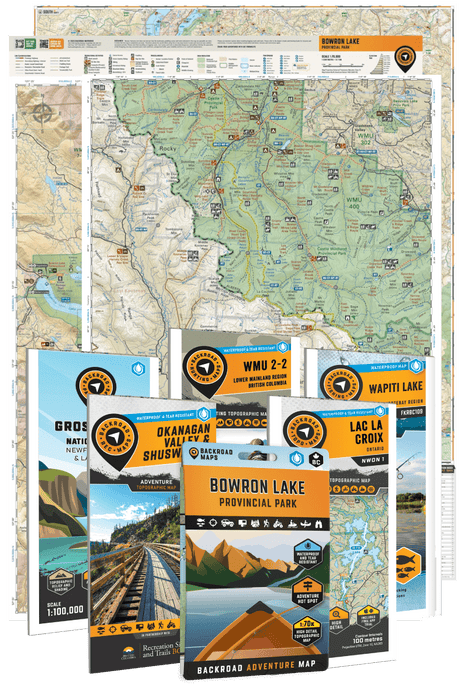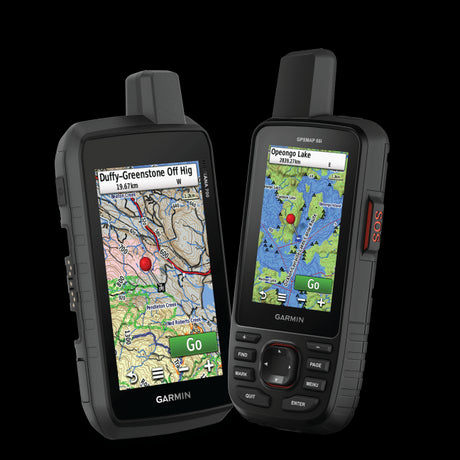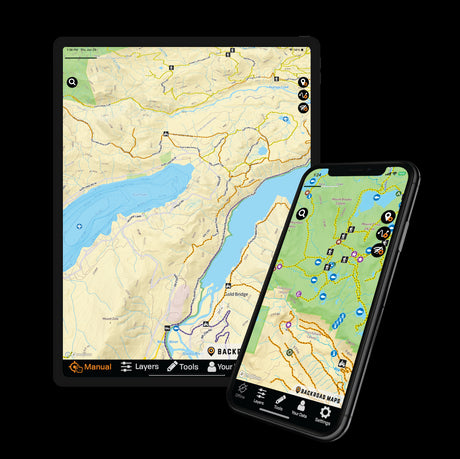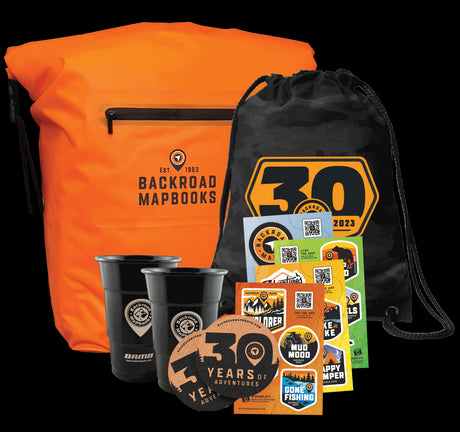If you think it seems impossible to get a campsite at an Ontario Provincial Park this year, you are not alone. With folks wanting to get out into nature due to COVID restrictions, parks are getting slammed with campers, many exploring this activity for the first time. Even the National Parks and Conservation Areas are booked up as well. What’s a camper to do? Here’s a few alternatives for getting your nature fix!

Hipcamp
It just seemed like it would only be a matter of time before someone took the Airbnb formula and applied it to camping. While a few companies have sprouted up, it seems Hipcamp have cornered the market, even merging some of the smaller companies into their fold. The idea is simple, connect campers with campsites. These range from sites with no amenities, best suited to self-contained units like RV’s, to spots with toilets, water, electricity and more. Sites can be found in open fields, forests and waterfronts and unique destinations include cabins, treehouses and glamping tents. One example is a 2-site campsite area right off Highway 17 at Ouimet. Conveniently set between Nipigon and Thunder Bay, a site like this makes a great basecamp to explore the many attractions in the area including Sleeping Giant Provincial Park. In this age of social media, prospective campers can check out reviews to help determine the best spots but it appears most hosts work hard to offer an exceptional experience. Visit hipcamp.com/en-CA for more information or to book a site.

Resorts and Private Campgrounds
Haliburton Forest and Wildlife Reserve have been offering private lakefront campsites, mixed in and around the seasonal campers, for many years. Truly private, each site offers a pit toilet, picnic table and fire ring. Just east of Huntsville, Limberlost Forest is well-known for its over 70 kilometres (43 miles) of meticulously maintained hiking trails. Limberlost rents cabins and a lodge but has been slowly expanding their campsite offerings with over 50 sites now available. Most sites sit just back from one of their many lakes and some feature wooden tent pads while others have 10 foot by 10 foot cabins. A little internet searching for the area you plan to visit could net a nice campsite at a resort or private campground. There are also numerous resorts and lodges adding campsites, many with full services, throughout Northern Ontario. Check out haliburtonforest.com or limberlostforest.com for more details.

Paddle-in Camping
Looking for a nice quiet lakeside spot? Nothing beats a paddle-in campsite. Kawartha Highlands and Haliburton Highlands Water Trails near Peterborough are two great locations but both Algonquin and Frontenac Provincial Parks feature some easy paddles without portages to private sites. Those in the northern parts of the province can check out the backcountry sites in Lake Superior Provincial Park or Temagami in Northeastern Ontario, and Quetico or Woodland Caribou in Northwestern Ontario.
However, if you are trying this for the first time, plan to take a course so you know how to not only paddle and portage properly but how to recover yourself and canoe if you accidently capsize. And please, regardless of how good a swimmer you are, always wear a lifejacket. For helpful tips and information on courses, as well as Algonquin trip ideas, visit Algonquin Bound, who would be more than happy to answer your questions.

Crown Land & Game Preserves
In this season of COVID, Crown Land has become a catchphrase. Yes, as a Canadian citizen you can camp free on Crown Land but this is rugged and rustic camping with absolutely no amenities. Do not expect to find any spots in Southwestern Ontario or up the Bruce Peninsula. Do expect to drive at least a few hours north of the Greater Toronto Area, even as far north as Sudbury, to find the true wilder areas. The challenge is knowing where the Crown Land actually is. Here Backroad Mapbooks can help. All the maps in any of our Ontario mapbooks, GPS maps and BRMB Maps app and web map show Crown Land clearly. You will still need to do some exploring to find the perfect spot but that’s half the fun.
There are a number of game preserves spread around the province with the Chapleau Crown Game Preserve being one of the largest in the world at 700,000 hectares (2 million acres). Campers do need to be aware that this preserve holds one of the largest concentrations of black bears in Ontario, over 2,500 make the preserve home, and plan accordingly (carry bear spray at a minimum).
Those looking for an absolutely one of a kind Crown Land adventure can check out the many backroads in Northern Ontario. A highlight is the Northern Resource Road, which winds its way from Pickle Lake to Weagamow Lake. Expect to see plenty of wildlife as you travel the most northern road in the entire province!
We would be remiss if we didn’t do a small public service announcement here. If you are heading into Crown Land, be prepared to pack out everything you pack in. It seems folks think nothing of leaving broken camping gear, coolers and garbage spread over the backcountry. Not only is this detrimental to wildlife, it will force the closure of these backcountry areas to everyone. Those heading deeper into the woods should plan to travel with at least two vehicles and have a winch and a chainsaw to not only get safely in, but safely back out too!

Have these ideas got you thinking about alternative camping/campsite ideas? If so, pick up a Backroad Mapbook, the Backroad GPS maps or BRMB Maps app and web map (which features the ability to download maps for offline use and more) and start exploring the Ontario backcountry.

